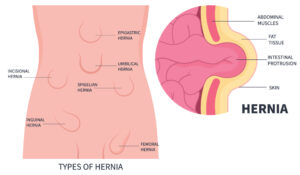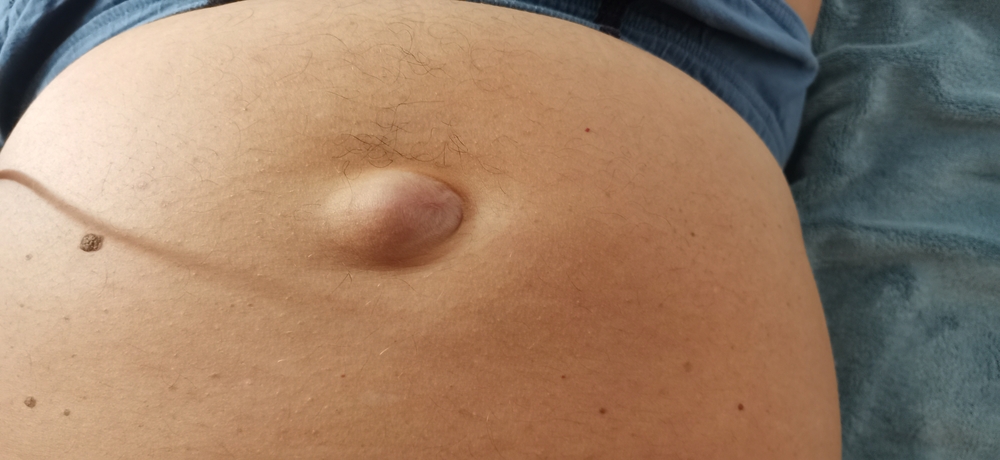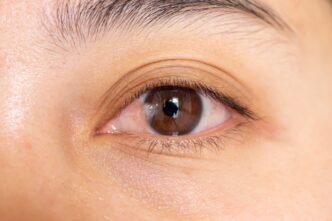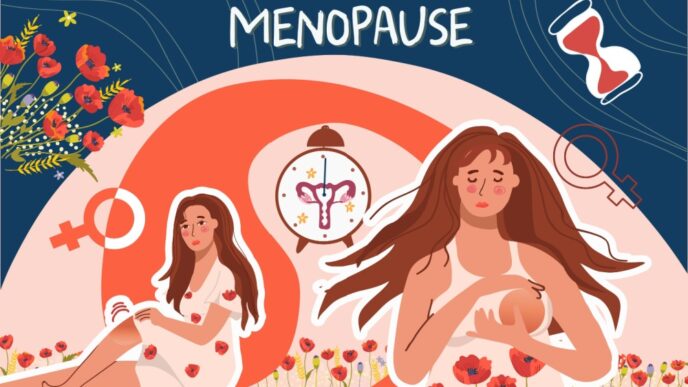A hernia happens when an organ or tissue pushes through a weak spot in a muscle or connective tissue. They’re more common than most people think. In 2019, there were over 32 million cases of hernias worldwide, with more than 13 million new cases mostly in men aged 50 to 69. About one in four men in this age group will experience an inguinal hernia at some point in their lives.
WORDS LIM TECK CHOON
 FEATURED EXPERT FEATURED EXPERTDR SOON YUEN Consultant General and Upper Gastrointestinal Surgeon Sunway Medical Centre |
WHY MEN ARE MORE AT RISK OF DEVELOPING HERNIA
Men’s anatomy is a big reason for this. Dr Soon Yuen explains that:
- During development in the womb, the testicles start inside the abdomen and move down into the scrotum through the abdominal wall.
- This creates the inguinal canal, a natural passage that’s usually strong but can be a weak point where hernias develop.
- In most cases, this canal closes properly, but sometimes it leaves a vulnerable spot.
Hernias occur when internal pressure — such as from coughing, constipation, or lifting heavy objects — pushes an organ or tissue outward through an improperly closed inguinal canal or other weak areas of the muscle or connective tissue.

There are a few different types of hernia, the most common are:
- Inguinal hernias in the groin
- Umbilical hernias around the belly button
Less common types include spigelian in the lower abdomen and lumbar hernias in the lower back.
HERNIA RISK FACTORS
Risk factors for hernia include:
- Chronic cough or constipation
- Past abdominal or pelvic surgeries
- Obesity
- Strenuous physical activity or improper lifting
SYMPTOMS OF HERNIA TO WATCH OUT FOR
Dr Soon Yuen tells us that some hernias don’t cause any noticeable symptoms.
Other cases, however, can cause the following:
- Bulge or lump in the groin or abdomen
- Discomfort or pain that worsens with activity, coughing, or lifting
- Severe pain, nausea, or vomiting
WHY IT IS IMPORTANT TO SEEK MEDICAL ATTENTION QUICKLY
In some hernias, such as inguinal or umbilical hernias that involve the intestine, around 5% of cases can lead to incarceration or strangulation, where the intestine gets trapped and cannot be moved back to its original position.
This can lead to serious complications and more complex surgery.
HOW HERNIA IS TREATED
- Watch and wait. Small, symptom-free hernias can sometimes be monitored for a period of time first.
- Open surgery with stitches or mesh used to repair the hernia.
- Laparoscopic surgery, which is a type of minimally invasive surgery that uses small incisions for quicker recovery and less scarring.
| Single-port surgery is an advanced form of laparoscopic surgery, using just one small incision instead of several. This technique further reduces scarring and recovery time while offering the same surgical benefits. However, it may not be suitable for more complex cases. |
| This article is part of our series on tips and advice on men’s health, sex life, and fertility. |














